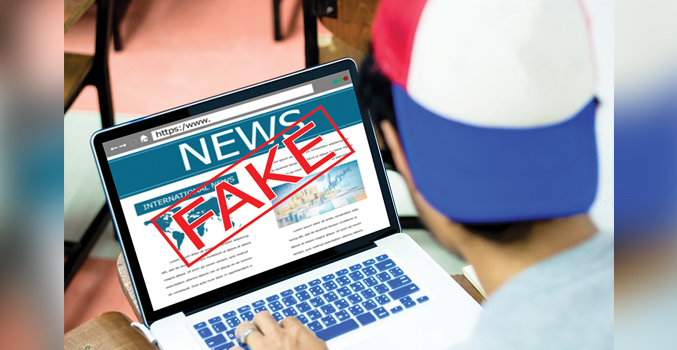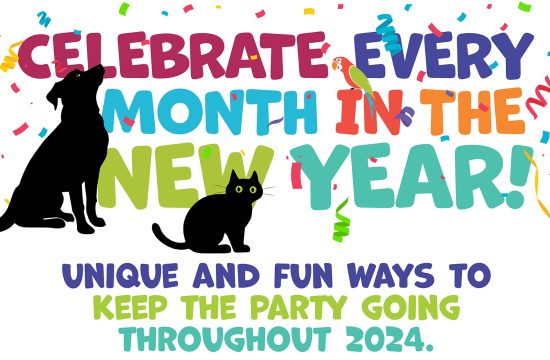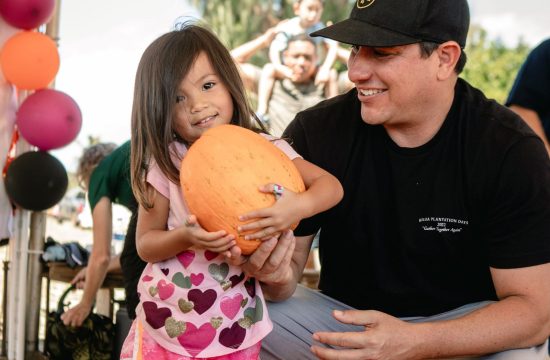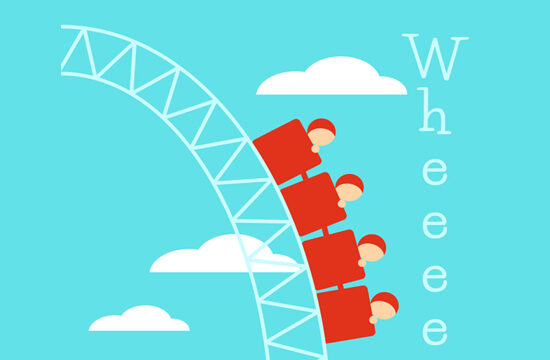How do you make a good decision or form a sound opinion? For most adults, the answer is obvious. Find the best information you can from sources that have proven reliable in the past. For young people, things may not be as clear. By age 18, it’s estimated that 88% get much of their news from what’s shared on Facebook and other social media.
Unfortunately, according to a highly publicized Stanford University study, many kids aren’t able to evaluate what they find. “Many assume that because young people are fluent in social media they are equally savvy about what they find there,” notes Professor Sam Wineburg, lead author of the report. “Our work shows the opposite.”
Difficulty detecting bias
Middle schoolers didn’t understand the difference between reported news and “sponsored content.” High school students assumed that an unattributed photo proved the truth of a story. And college students couldn’t detect the bias in a tweet.
So what should parents do? Social media means that children—and adults–are becoming information sources for each other, so we need to take on some of the tasks that used to be done by editors. Start by talking to your children about what deserves to be shared online.
Point out that false and biased information comes from many sources—deceptive advertising, satirical websites or organizations with an agenda. And then there’s “click bait”—tidbits so astonishing, outrageous or implausible that people click and share without thinking. These so-called stories are created simply to generate revenue.
No one, including kids, likes to be duped by bad information. To help your child develop the savvy to evaluate what they find online, talk regularly about how important it is to be skeptical and ask the following questions:
Is it worth reading?
According to a study at Columbia University, 59 percent of links shared on Twitter have never actually been clicked. Kids show respect for their friends by sharing only things that they were willing to read or watch. Fake news sites in particular count on mindless sharing.
Who stands behind it? Encourage kids to track stories back to the website where they originated. Check the “About Us” page and scroll down the home page to find out who owns the copyright to the material. Look at the URL. Some fake news sites reel in the unsuspecting with addresses that are deceptively close to legitimate sites. Point out extensions—.gov is a government agency, .edu is colleges and universities and .ru is a site that originates in Russia. (A complete extension list is available at Webopedia, tinyurl.com/48t5r).
What’s the source?
Help children understand sources by talking about who they trust at school. Some kids are genuine authorities in different areas—they know the stats for the sports team or can tell you when assignments are due. Others have a reputation for spreading rumors or even telling lies. The same thing is true online. A story is worth sharing only if it comes from reliable sources. The sources should be named and, in most cases, there should be more than one. They should be people who are qualified to have an opinion because they’ve studied the topic, done research, or have relevant experience.
Can the story be confirmed?
Anyone can say anything online. Teach kids to Google stories and authors to find out whether anyone else finds them credible. A story that appears in one place or is based on a single tweet should be discounted. You can also point older kids to websites that help differentiate good information from bogus claims. Healthnewsreview.org evaluates stories about medical research. Politifact.com and Factcheck.org try to verify claims by politicians. Tineye.com helps users track down photographs to see if they’ve been manipulated.
What’s the tone?
Many online stories are designed to trigger strong feelings such as fear, anger or even hatred. Encourage your child to pay attention to words that manipulate or inflame emotions. Point out that people should be especially careful about sharing stories of this kind. The question should always be: will sharing this make the world a better place? Much of what’s shared on social media isn’t serious, and kids don’t need to apply this level of scrutiny to animal videos or other playful posts. At the same time, we all should be aware that we are using information we get through social media to make decisions about social, political and health issues. As the Stanford researchers put it, “Never have we had so much information at our fingertips. Whether this bounty will make us smarter and better informed or more ignorant and narrow-minded will depend on our awareness of this problem andour educational response to it.








